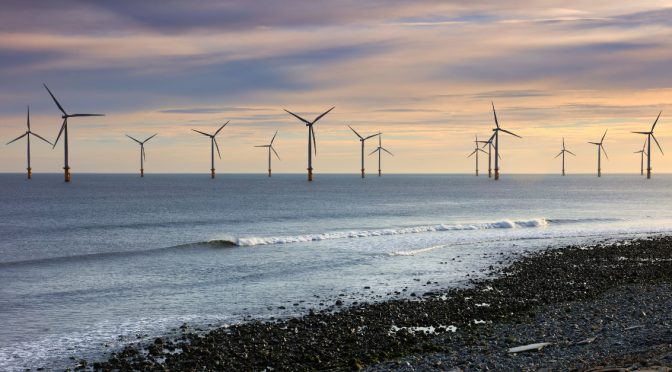Offshore wind energy is a fundamental vector for achieving climate and energy security objectives, based on our own renewable resources and providing greater stability to our electrical system. In addition, it constitutes a great opportunity for technological, economic and industrial development, due to its high potential for the creation of qualified employment in the strategic industrial sectors of our country.
• For Spain, offshore wind power is a socioeconomic opportunity that provides new avenues for the future for local communities.
• We cannot miss, for the second time in the history of our country, an economic, social, and environmental opportunity as positive as offshore wind power.
• The first parks could be put into operation in 2028-2029. For this reason, the development work will begin in the short term, and the industrial orders will follow immediately, with the consequent jobs in factories, shipyards, logistics – in those coastal communities that need it so much -, generating a of induced employment in the very significant area.
• It is important to achieve a formula of collaborative work between the wind sector, the fishing sector and other economic activities installed in the area, avoiding generating unjustified alarm messages and always based on transparency and rigor, and seeking a coexistence that benefits the community. society.
In recent months, there have been advances such as the publication of the Roadmap for the development of Offshore Wind and Sea Energies in Spain, or the public consultations of the Maritime Space Management Plans.
- The Roadmap established installation goals of up to 3 GW of floating wind power by 2030, and identifies the necessary measures to achieve them, in the regulatory, environmental and infrastructure adaptation fields. At the same time, these measures have the objective of positioning our country as a leader in R&D&i and in industrial capacities for offshore wind power.
- The drafting of the Maritime Space Management Plans (POEM) has involved an exhaustive exercise of analysis, dialogue and reflection by the Administration, to seek consensus and coexistence with all the activities involved in the marine environment. The first POEM drafts submitted to public information showed a very low occupation of offshore wind farms, representing only 0.08% of the surface of Spanish waters. After the consultation processes with the sectors involved by the Ministry, it is estimated that there may be a reduction in the contemplated surface of these offshore wind zones, which would mean the application of additional cuts, as well as the withdrawal of their priority character with respect to other activities. .
Priority advance in the second half of 2022
The Ministry for the Ecological Transition and the Demographic Challenge has announced that the first offshore wind auction could be held during the first quarter of 2023. To reach this milestone, it is necessary that in the next six months decisive progress be made in some of the the measures already identified in the Roadmap.
What are these measures already identified in the Roadmap?
- Approval must be obtained for the Maritime Space Management Plans in which the areas finally designated for offshore wind power are identified. The POEMs are currently undergoing strategic environmental assessment, the last phase of the processing process, after a rigorous process of elaboration, dialogue and public consultations that has lasted more than two years.
- The zoning of offshore wind power in POEMs should not experience significant variations, except for those that may be motivated by strictly environmental issues.
Dialogue and public acceptance of offshore wind developments
Experience in neighboring countries has shown that dialogue and communication in the early stages of wind farm design allow the configuration of offshore wind projects to be adapted with the aim of improving coexistence with other activities. For example, in the case of fishing, aspects such as the separation between alignments of wind turbines, their orientation depending on the currents and bathymetric curves, the modification of some positions, etc., are common examples of modifications of agreed design between wind farm developers and local fishing associations, to favor the coexistence of activities.
In addition, various scientific studies carried out in different countries have proven that the areas where there are offshore wind farms have a “reserve effect”, contributing to the conservation and regeneration of a multitude of species of fishing interest. This, in turn, makes it possible to increase catches in nearby fishing grounds.


